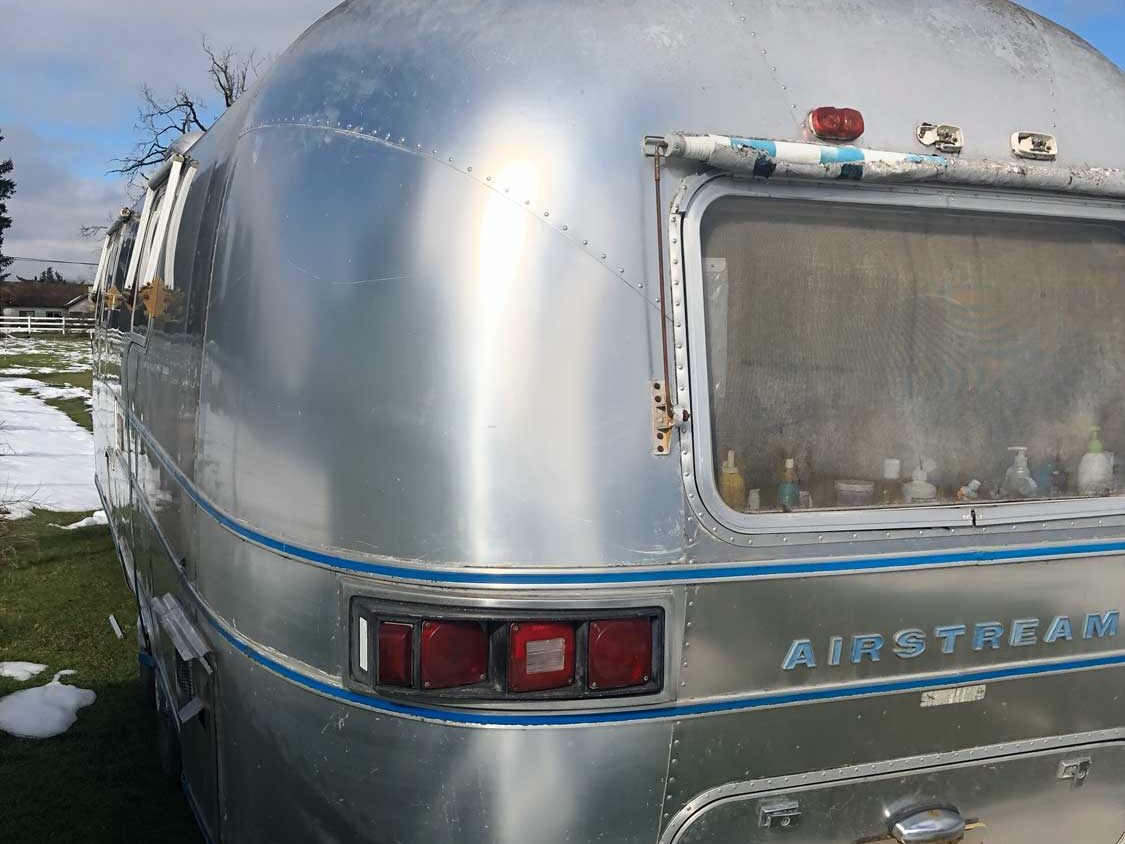All rural Lane County residents can now host permanent residential recreational vehicles, so long as the property doesn’t lie within a floodplain.
Under Senate Bill 1013, which went into effect Jan. 1, county governments can decide how rural Oregonians within their jurisdiction are allowed to legally use their RVs.
SB 1013 allows for counties to individually determine several requirements at their level. To use an RV as a permanent dwelling, it must be on a residentially zoned property, be owned or leased by the tenant, be parked on a property with one single-family home, be provided every essential service (sewage, water and electric) by the property owner, be outside the urban reserves area (where the urban growth boundary will expand to) and may not be used as a vacation occupancy (a temporary home under 180 days according to county code).
These are statewide requirements that cannot be circumvented.
On Nov. 19, the Lane County Planning Commission voted to approve Lane County code amendments allowing all RVs for residential use across rural Lane County — sending the final say-so back to the Board of County Commissioners next year.
Jack Tibbetts, the owner of Saginaw Vineyard, was the lone dissenting vote on the Planning Commission, citing his concerns surrounding restrictions on using RVs as residences while within a floodplain. “I think it’s going to really cause a lot of people, particularly our low-income people where I’m from, to miss out on a great opportunity,” Tibbetts said during the Nov. 19 meeting.
Tibbetts, a Cottage Grove resident, said most of his city lies within a floodplain. “If we’re allowing stick-built houses to go on the flood plain but not RVs, and here’s this bill that is attempting to define RVs as residential uses, then I think those two need to be consistent with one another,” Tibbetts said.
A stick-built home is a wood-framed house assembled on site, not a prefabricated home that is assembled elsewhere and more mobile.
“It doesn’t make sense to me that we would allow something that’s completely immoble to get flooded, but something else that actually is mobile to not,” he said.
In her Nov. 12 memo to the Planning Commission, Lane County Lane Management Division (LMD) Senior Planner Rachel Serslev noted that about 3,700 of rural residences partially lie within a floodplain and almost 800 parcels are completely enveloped by a floodplain.
No property within a floodplain would be allowed to host a residential RV in Lane County under the Lane County Planning Commission’s recommendations. Lane County Commissioner Heather Buch says the changes under SB 1013 will increase housing options for rural Lane County residents. SB 1013 will now open up more than 9,000 rural residences in Lane County to have a residential RV, according to analysis completed by LMD. “I hope to see more people housed,” she says. “That’s the bottom line.”
During a Sept. 17 work session, the County Commission supported two Lane County requirements: that there is a rental agreement with the tenant of the RV and that the property owner and RV dweller comply with any or all appearance, repair or siting requirements.
SB 1013, sponsored by state Sens. Cedric Hayden, Dennis Linthicum and David Brock Smith, outlined several minimum statewide standards for residential RVs.
Before SB 1013, in Lane County, RVs could be used for medical hardship, for recreational purposes up to 30 days a year, for residence when a dwelling is being built on that property and for housing by anybody impacted by the 2020 wildfires.
“It’s not like a quick house hack to make some money on the outlying properties of Lane County,” County Commissioner David Loveall tells Eugene Weekly over the phone. “I think it would probably be used for hardship, because a certain amount of people own RVs and they’re cheaper to build than houses,” he says.
“Housing is running between $350 and $400 a foot these days, which makes it nearly impossible to build something,” Loveall says.
The LMD presented several of its own suggestions during that Sept. 17 meeting, which the board
determined it would support several of — specifically requiring RVs to have proper airflow if parked within a structure/garage, have a landlord tenant agreement in place with the property, have a toilet and sink and be setback at minimum 10 feet away from the nearest dwelling (with other minimum setbacks for resource-zoned properties).
However, LMD’s suggestion to establish a cap on rent did not meet approval from the Planning Commission.
Rental “agreements are made between landlord and tenant, and I just didn’t think that the government or the county or anybody else should step in and be a part of that,” Loveall says. “Because it’s really none of their business.”
For information on future Planning Commission meetings, go to LaneCounty.org or call 541-682-3577.
